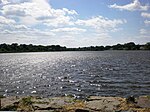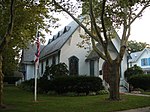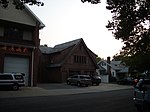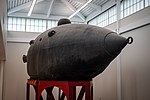Spring Lake Heights, New Jersey
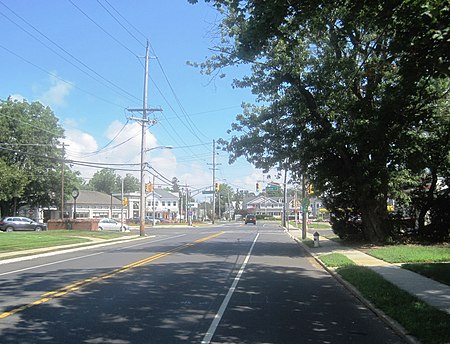
Spring Lake Heights is a borough located in the southern coastal portion of Monmouth County, in the U.S. state of New Jersey. As of the 2020 United States census, the borough's population was 4,890, an increase of 177 (+3.8%) from the 2010 census count of 4,713, which in turn reflected a decline of 514 (−9.8%) from the 5,227 counted in the 2000 census.The borough of Spring Lake Heights was formed by an act of the New Jersey Legislature on March 19, 1927, from portions of Wall Township, based on the results of a referendum held on May 3, 1927. The borough was named for Spring Lake, which was named for a clear spring-fed lake.
Excerpt from the Wikipedia article Spring Lake Heights, New Jersey (License: CC BY-SA 3.0, Authors, Images).Spring Lake Heights, New Jersey
Marktplatz, Vereinbarte Verwaltungsgemeinschaft der Stadt Freiberg am Neckar
Geographical coordinates (GPS) Address Phone number Nearby Places Show on map
Geographical coordinates (GPS)
| Latitude | Longitude |
|---|---|
| N 40.149483 ° | E -74.046169 ° |
Address
La Plaza
Marktplatz 9
71691 Vereinbarte Verwaltungsgemeinschaft der Stadt Freiberg am Neckar, Heutingsheim
Baden-Württemberg, Deutschland
Open on Google Maps


